Hosted by Xie Zilong Photography Museum (abbr. XPM), “Photographic Moments: The Emergence of Photographic Visuality in China” concerns the world beyond the frozen images of photographs in the early period in China. The exhibition is curated by Dr. Tang Hongfeng, the Research Fellow and Dean of the Department of Art Theory at the School of Arts, Peking University, with Yang Yunchang, Zheng Zihan, Li Hui, Luo Yueqin as co-curators. In this exhibition, “photography” is interpreted as the whole process of image production, circulation, and application. By introducing the research methodology of visual cultural studies, it discusses the coexistence between photography and miscellaneous visual media at the time, which created a synthesised experience for the Chinese.
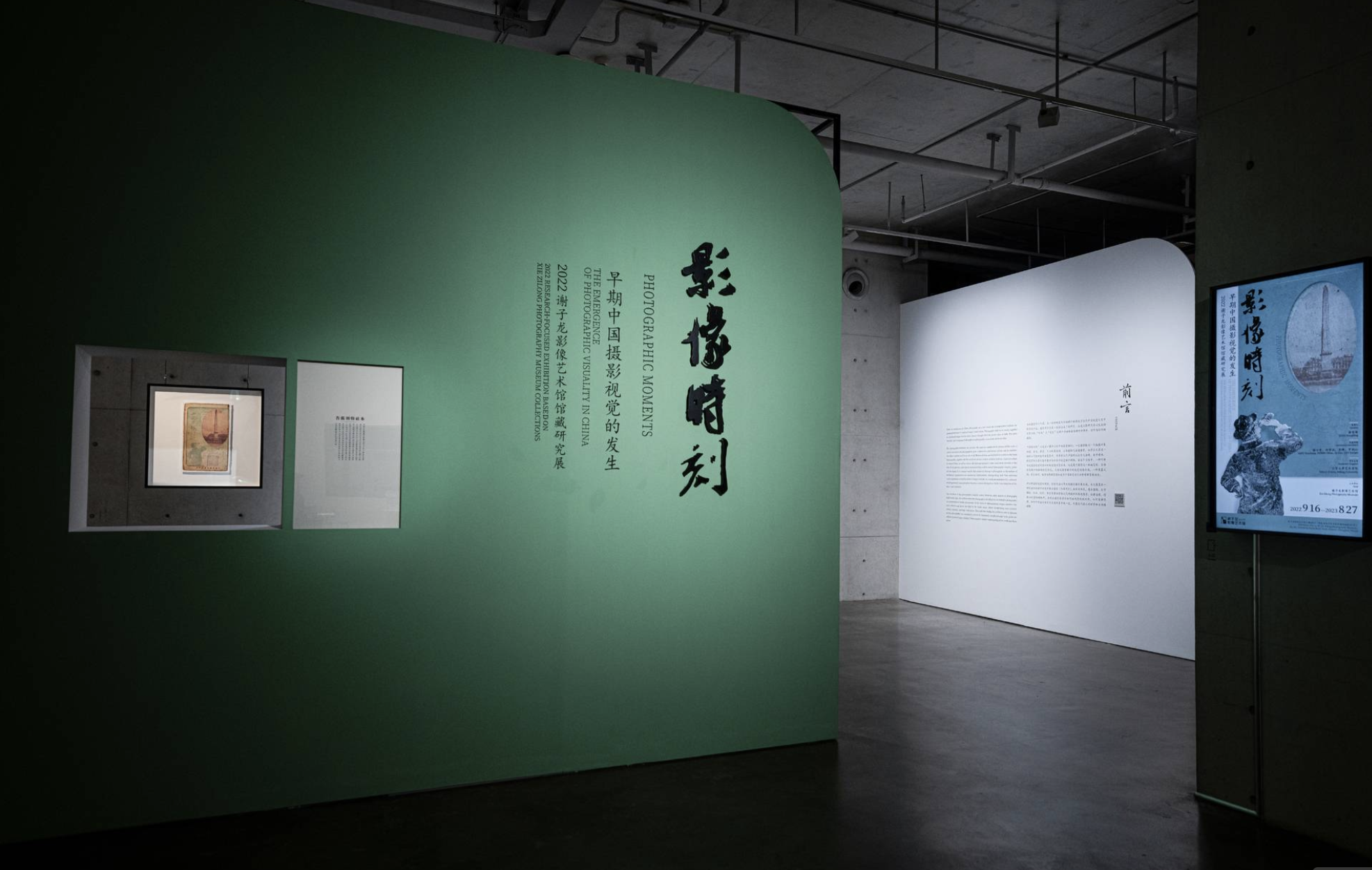
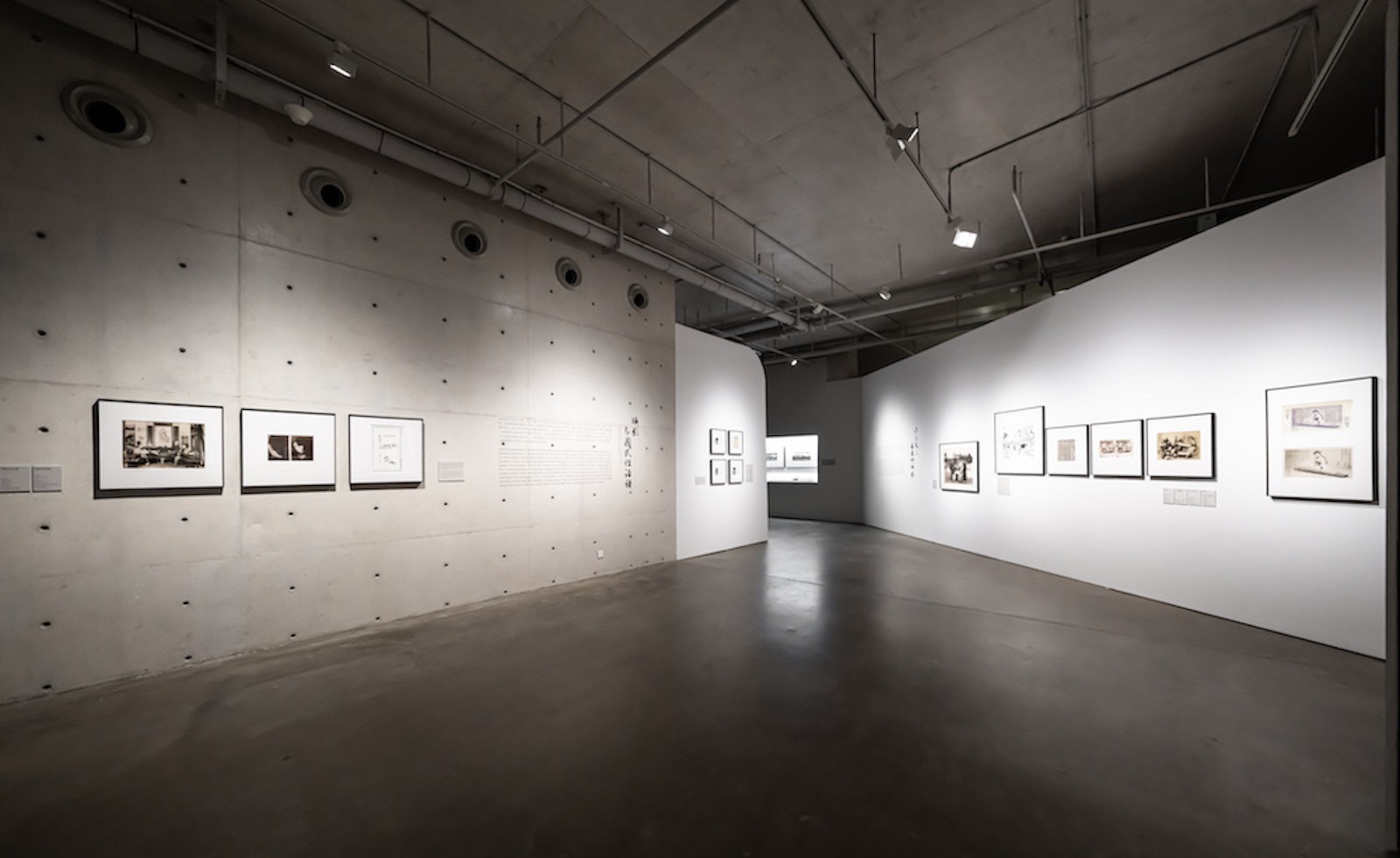
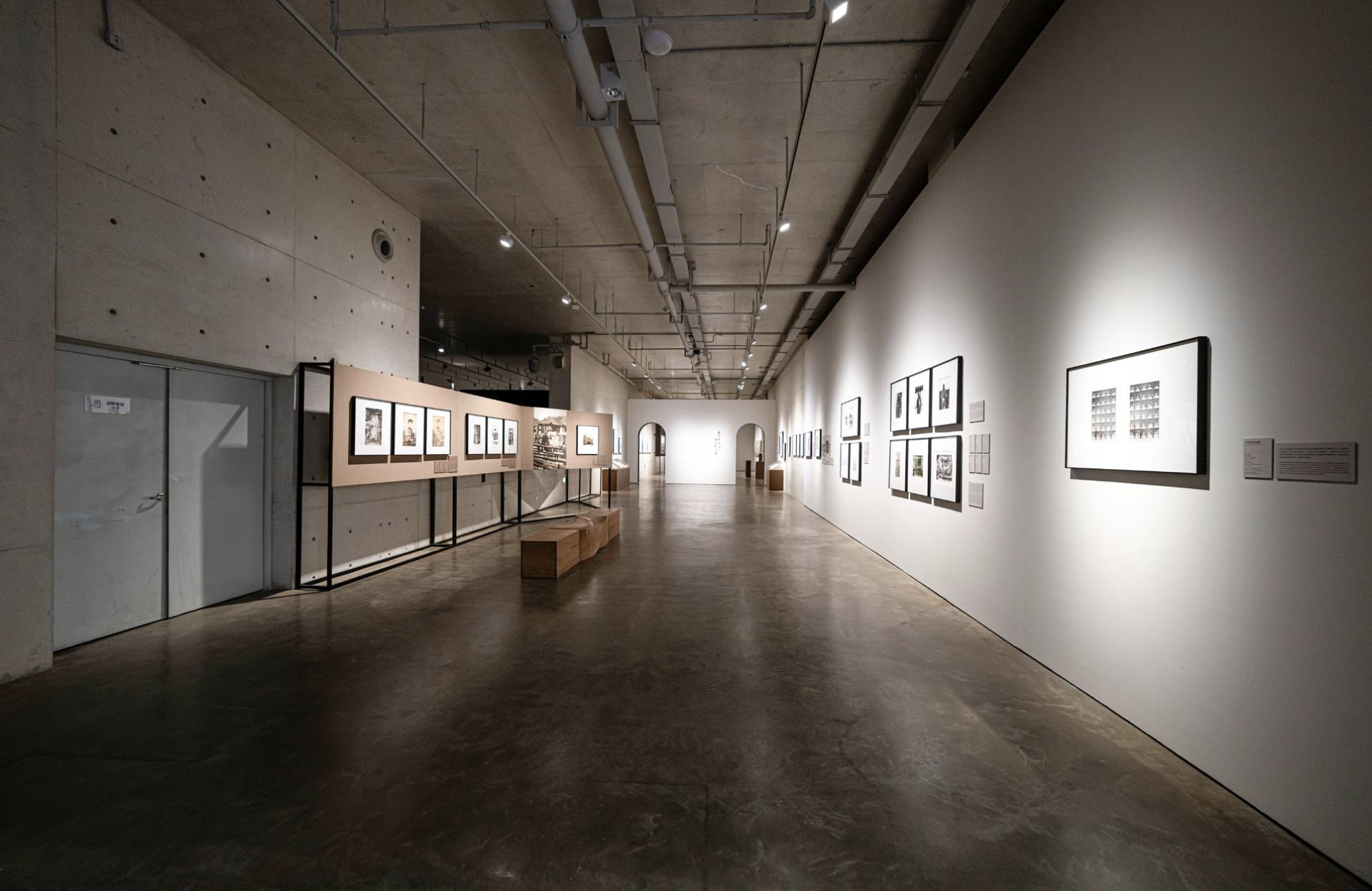
Exhibition View
Numerous incidental moments have depicted the primary process of confronting, accepting, and understanding cameras that were recognized as more scientific visual machines by the Chinese people in the late Qing Dynasty and the early Republic of China. The exhibition thereby traces back how their images and characters at that time were frozen and shaped step by step by the alleged authentic and objective photographs. By doing so, the relevant criticisms and reflections are introduced to the conversation for further discussions.
Instead of following the chronologic narrative strategy, the five units of “The Age of World Images”, “Gazes and Expressions: The Aura of Photography”, “Photography as an Expression of the Literati”, “Photography and the Discourse of National Character”, and “Photography and Miscellaneous Visual Media” discuss the early Chinese photographic vision from the multi-dimensional aspects. In the curator Tang Hongfeng’s opinion, the gazes and expressions captured in the early photography hint at and even replace the existence of the subject in the past and deliver the message to the audience at present, which precisely elaborates photography as an event, action, and time. In the explosive instants, beyond the solidified images, “the historical conditions that made them possible, together with the social and cultural context, aesthetic tradition, visual convention in modern China, as well as various old-fashioned and newly born visual media networks at that time”[1], have been significantly valued by the exhibition.

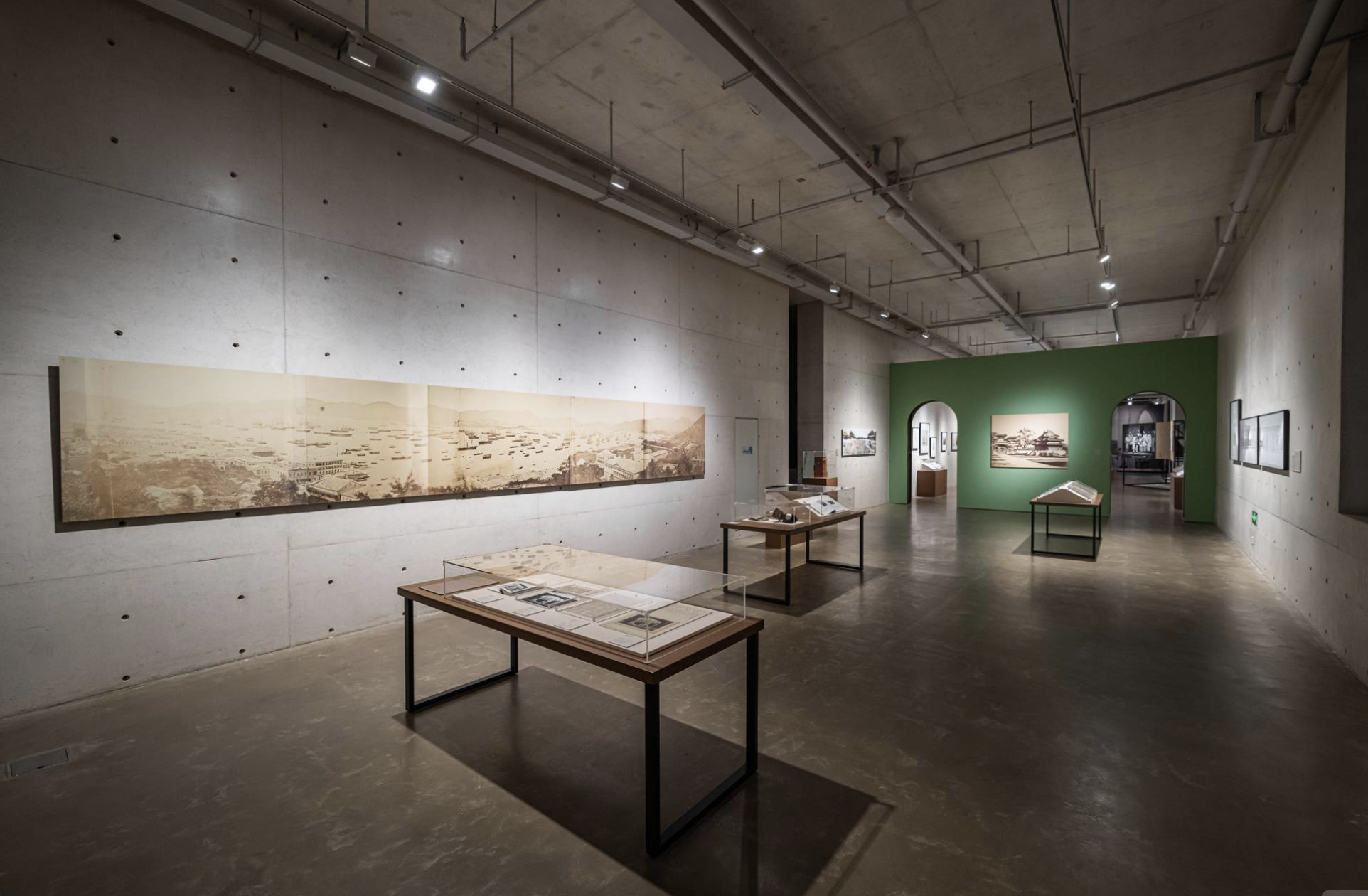
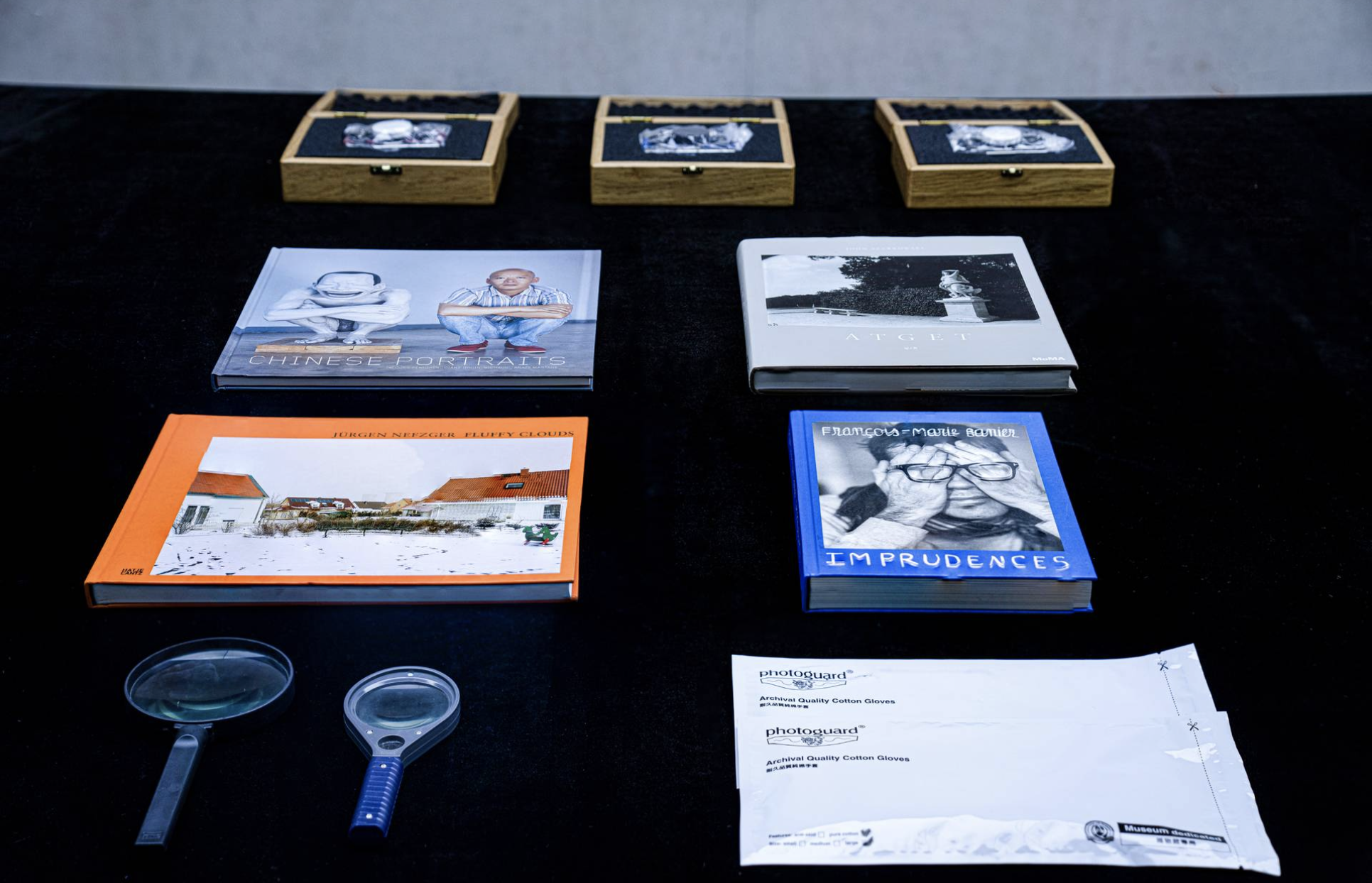
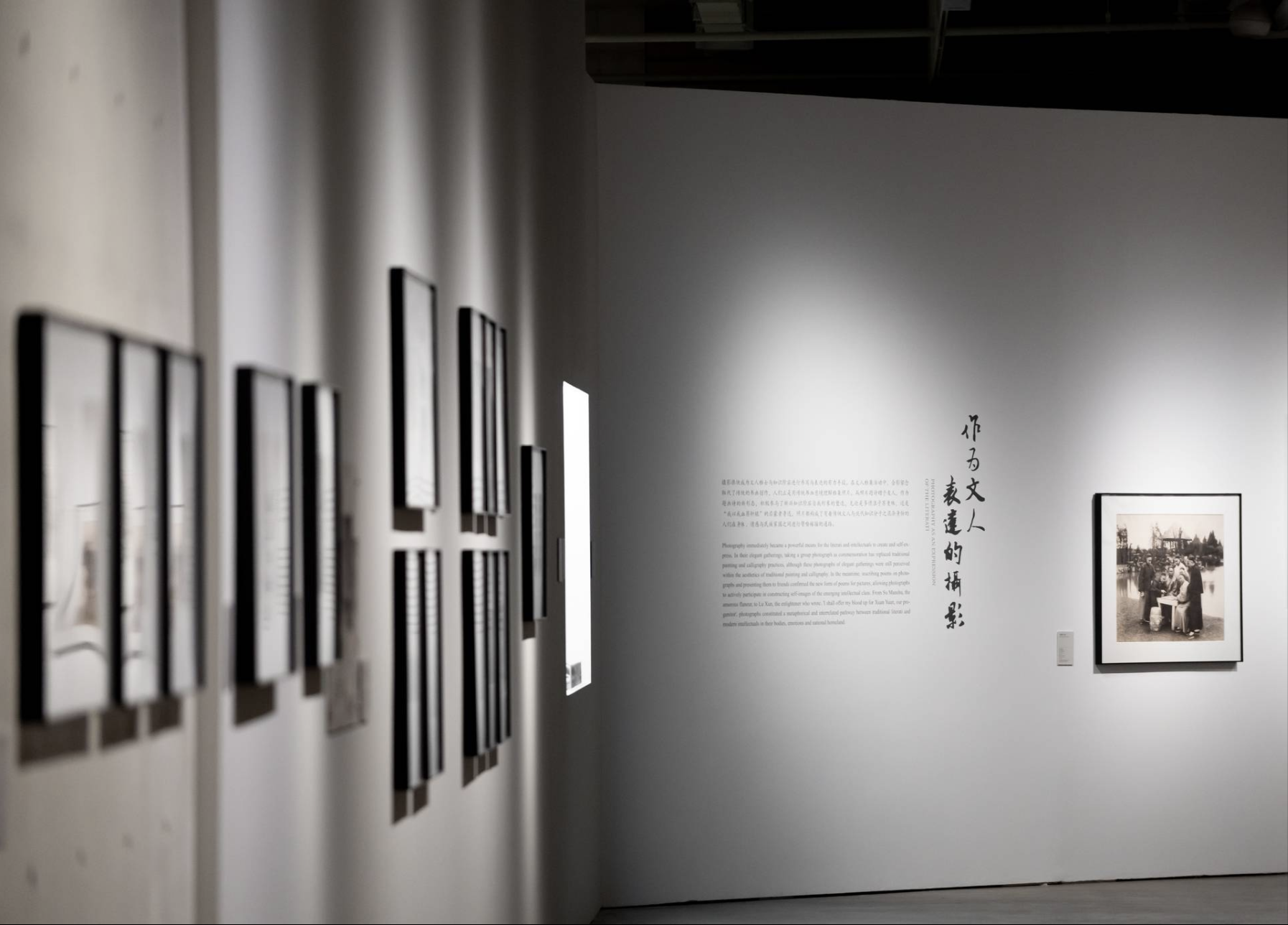

Exhibition ViewBesides, the exhibition also highlights discussions regarding the relationship between the early photography, the perspective of colonialism, and the discourse of national character in China, the violence of photography, and the question about the authenticity and objectivity of photography, among others, in different chapters. Intriguingly, the audience is welcome to experience the scene of early photo studios and interact with several early visual media/techniques when visiting the exhibition.
It is reported the exhibition remains on view till 27th August, 2023.
Note:
[1] Exhibition Text of “Photographic Moments: The Emergence of Photographic Visuality in China”, Xie Zilong Photography Museum, 2022.
Text by Emily Weimeng Zhou and Edited Sue/CAFA ART INFO.
Courtesy of the organizer and Dr. Tang Hongfeng.
Preface of “Photographic Moments: The Emergence of Photographic Visuality in China”
Since its introduction to China, photography as a new visual and communicative medium has gained prominence in modern Chinese visual culture. Photography shall not be merely regarded as completed images but the whole process through which the picture takes its form. The term “moment” and “emergence” both emphasise photography as an event, action and time.
The ‘photographic moments’ are precisely the explosive instants in the process of this event: a camera encounters the photographed; gazes, expressions, and humans collide with the machine; the subject captures and freezes the world. Behind all these are the historical conditions that made them possible, together with the social and cultural context, aesthetic tradition, visual convention in modern China, as well as various old-fashioned and newly born visual media networks at that time. In this process, a perceptual mechanism that could be named ‘photographic visuality’ gradually developed. It is a unique visuality that exclusively belongs to photography as the medium of mechanical reproduction and automatical representation, distinguishing itself from traditional visual experiences evoked by media of image in history. As a result, an installation-like, indexical, and programmed visual perception becomes a crucial driving force for the transformation of Chinese visual modernity.
The revelation of this photographic visuality cannot, however, solely depend on photography itself. In this light, the exhibition presents photography (including but not limited to photographs) in a comprehensive media environment. In the nexus of representational images, narrative contexts, emotion and desire provided by the whole image culture incorporating news pictorial, comics, literature, paintings, slide shows, films and other media, the exhibition aims to elaborate on how photography was conceptually perceived, functioned, and played a part in the global circulation system of signs, shaping Chinese people’s modern understanding of the world and themselves.





Exhibition ViewUnit One—The Age of World Images
The invention of photography has brought humans into the ‘a(chǎn)ge of world images’, which not only refers to the pictorialisation of the world but also the global circulation of the pictorialised world. The photographic image perfectly conforms to the logic of mass reproduction of capitalist commodities. The invisible and immovable world of objects is transformed into thinnish plates that people can easily access. Modern Chinese people hence see and understand the world in photographs. The exquisite yet boundless world in the stereoscope creates an intimate and physical viewing experience in their eyes close to the lens.
Unit Two—Gazes and Expressions: The Aura of Photography
Looking at the big innocent eyes of Franz Kafka in his childhood portrait, Walter Benjamin describes the face in the photograph as the last aura in the age of mechanical reproduction. Roland Barthes also terms the ‘eidolon’ radiated by people or objects in a photograph as a “Spectrum.” When the Chinese were first confronted with cameras, we find the gazes and expressions captured in early photography that never have been taken seriously. In early portrait photography, the defamiliarisation with photography can still be found in those downcast and evading eyes, confused and puzzled looks, and direct and inquisitive gazes, which penetrate the frame and expose the hidden camera—the presence of this new human-object relationship has further highlighted the indexical realness of photography. That is why those tiny “eidolons” of more than a century ago still attract us to quest who they were, why they were here, and where they had gone.
 Exhibition View
Exhibition View
Unit Three—Photography as an Expression of the Literati
Photography immediately became a powerful means for the literati and intellectuals to create and self-express. In their elegant gatherings, taking a group photograph as commemoration has replaced traditional painting and calligraphy practices, although these photographs of elegant gatherings were still perceived within the aesthetics of traditional painting and calligraphy. In the meantime, inscribing poems on photographs and presenting them to friends confirmed the new form of poems for pictures, allowing photographs to actively participate in constructing self-images of the emerging intellectual class. From Su Manshu, the amorous flaneur, to Lu Xun, the enlightener who wrote, “I shall offer my blood up for Xuan Yuan, our progenitor”, photographs constituted a metaphorical and interrelated pathway between traditional literati and modern intellectuals in their bodies, emotions and national homeland.
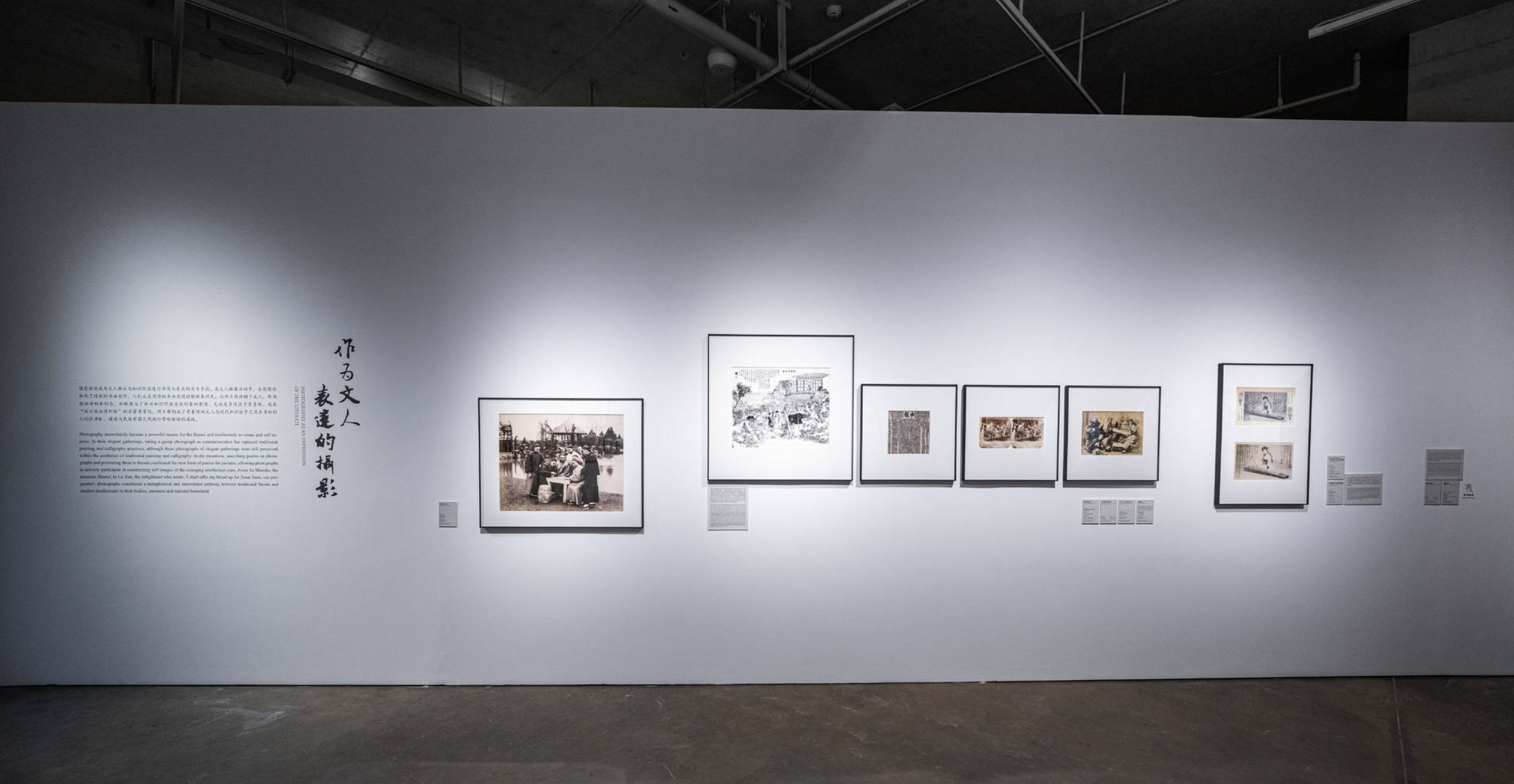
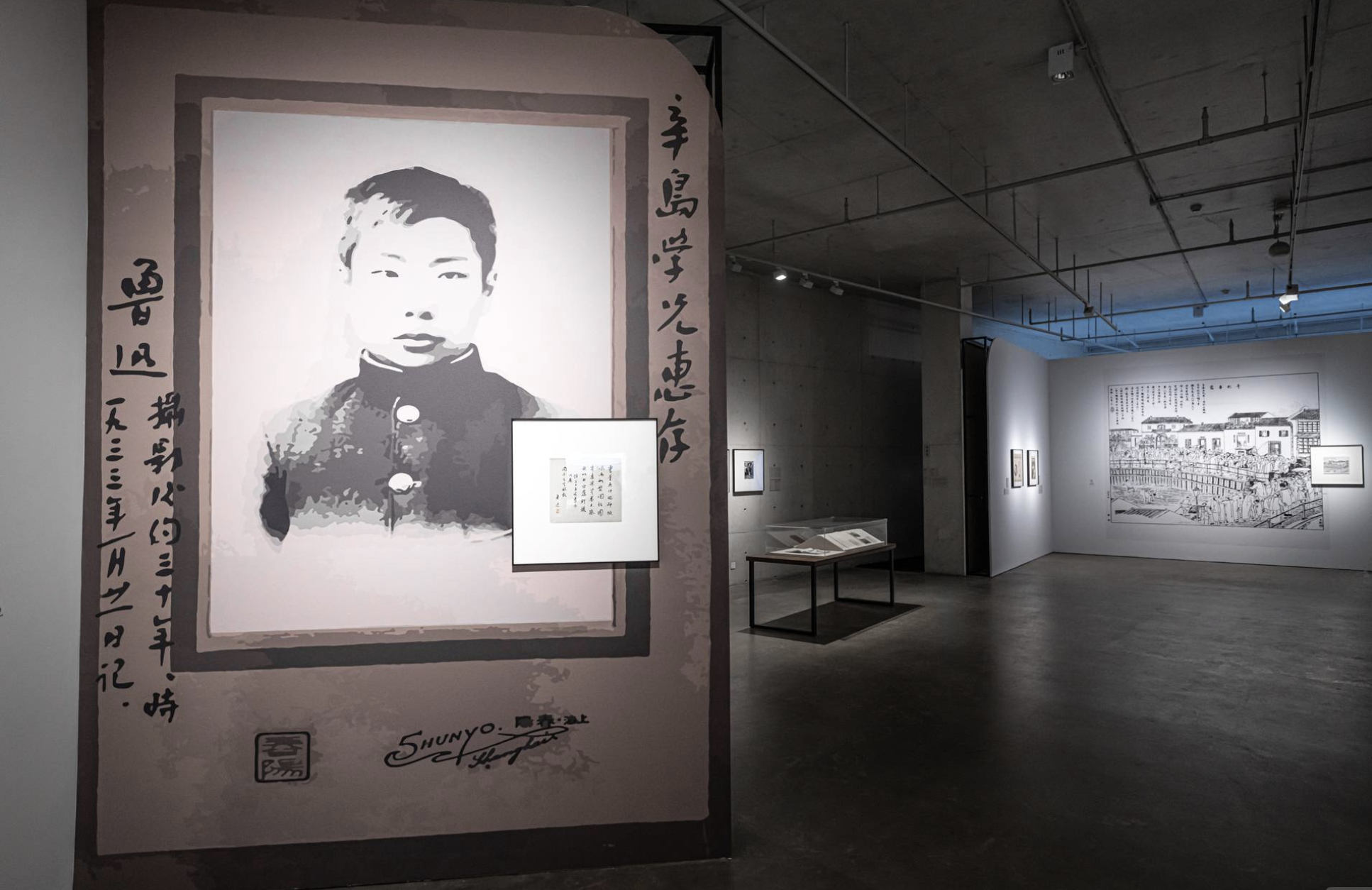
Exhibition View
Unit Four—Photography and the Discourse of National Character
From the late Qing Dynasty to the May Fourth Movement, the issue of Chinese national character has always remained a central theme for enlightening intellectuals. Lu Xun once discovered the “numb” expressions of the spectators in a beheading image, which led him to criticise the cultural weakness and flaws inherent in the nation and attempt to use writing to wake up his fellow countrymen. Photography is far from transparent or neutral. The selection and manipulation of objects and perspectives in the shooting process always manifest the implicit conceptions of the photographer. Under the gaze of modern western colonialism seeking monstrousness of the Others, Chinese people in the lens of western photographers were portrayed as ‘benighted’ and ‘uncultured.’ Worse still, such a colonialist bias was so enhanced by photography’s scientific attribute that people believed that the technology could not only represent the external realness but also reveal the internal essence of the photographed. In this way, the weakness and flaws in modern Chinese people’s national characters became visible, quantifiable, and thus factual and indisputable—this history and such ideas, for sure, deserve critical interrogations. They are substantial embodiments of modern China’s lack of right to speak when photographic images were employed as a representative language.
Unit Five—Photography and Miscellaneous Visual Media
The concept that photography is an independent art form distinctive from all established visual media does not apply to its early history. On the contrary, photography interacted, intermingled, and combined with various media, including printing, painting, slides, and films. Together, they created a synthesised experience for the audience, constituting a rich and comprehensive visual culture in modern China.
About the exhibition:
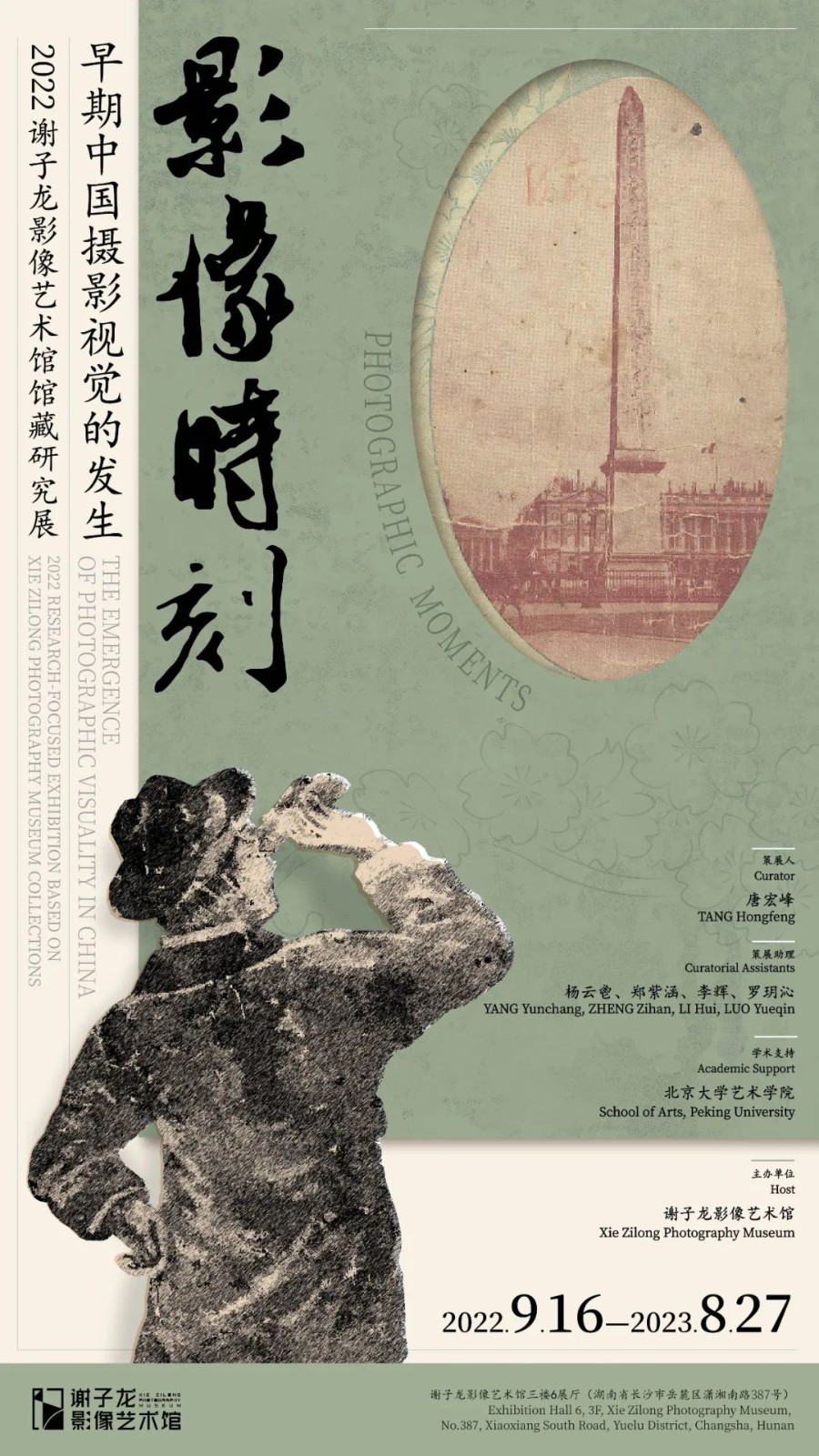
“Photographic Moments: The Emergence of Photographic Visuality in China”
Dates: 16th September 2022 - 27th August 2023
Venue: Exhibition Hall 6, 3F, Xie Zilong Photography Museum, No.387, Xiaoxiang South Road, Yuelu District, Changsha, Hunan
Curator: TANG Hongfeng
Curatorial Assistants: YANG Yunchang, ZHENG Zihan, LI Hui, LUO Yueqin
Host: Xie Zilong Photography Museum
Academic Support: School of Arts, Peking University




























